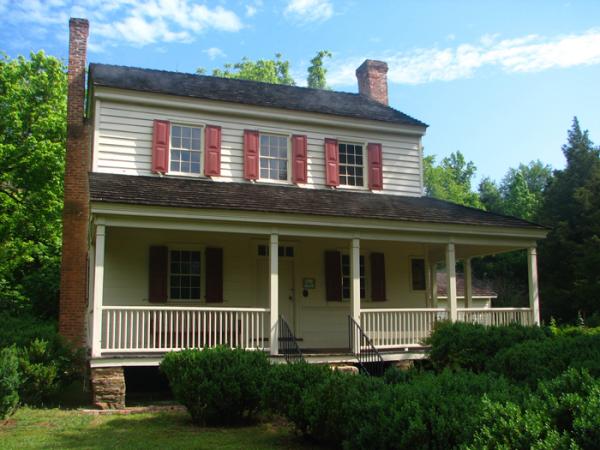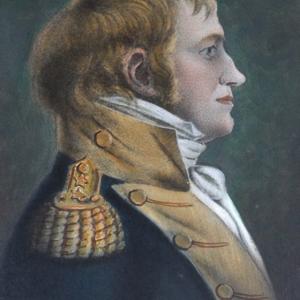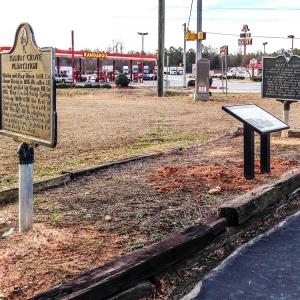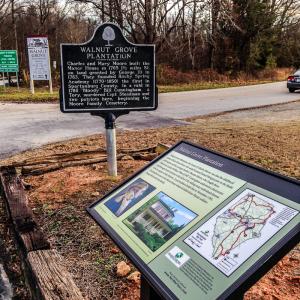William "Bloody Bill" Cunningham
Captain Steadman's death at the Moore home in November 1781 is symbolic of the brutal partisan warfare that took place in the South Carolina backcountry during the American Revolution. Retribution killings by both sides during the conflict were indicative that the war on the southern frontier was truly a civil war. Perhaps no person represents this better than the man responsible for Capt. Steadman's death at Walnut Grove Plantation.
William "Bloody Bill" Cunningham resided in today's Laurens County at the outbreak of the American Revolution. In 1775, he enlisted to serve South Carolina on the side of independence and did so with some distinction. His service for the Patriots ended when he was court-martialed and whipped for an infraction while in service. This left him quite bitter and he deserted the military. He fled to Florida where many Loyalists from South Carolina were living in exile. He might have remained there, a disgruntled former Revolutionary destined for obscurity, except for an incident at his father's home.
In what was either an act of retribution against Cunningham for deserting or an opportunity to seize property from a helpless old man, William's elderly father was forcibly removed from his home by William Ritchie. News of this reached Cunningham in Florida. He traveled to Ritchie's home and killed him in front of his family. This act of vengeance led to more, including one against his former commander whom he held responsible for his beating. William Cunningham ultimately became an infamous villain in South Carolina.
His best known adventure in South Carolina took place in the fall of 1781 and is commonly referred to as "The Bloody Scout." Earlier that year South Carolina Governor John Rutledge had ordered that the families of Loyalists were to be removed from their homes and placed in Charleston where the British were at the time confined. In response, William Cunningham raised a company of men and left Charleston intent on taking vengeance for Rutledge's policy on anyone he encountered. He was quite effective, attacking garrisons and killing those enforcing the removal order along the route. It was during this foray into the backcountry that Cunningham destroyed Wofford's Iron Works on Lawson's Fork Creek and killed Captain Steadman.
If the story of William "Bloody Bill" Cunningham were a Hollywood movie, he and his men would be tracked down and killed or brought to justice. In reality, however, Cunningham lived to an old age, dying in his sleep in the West Indies where he fled after the Revolution.




